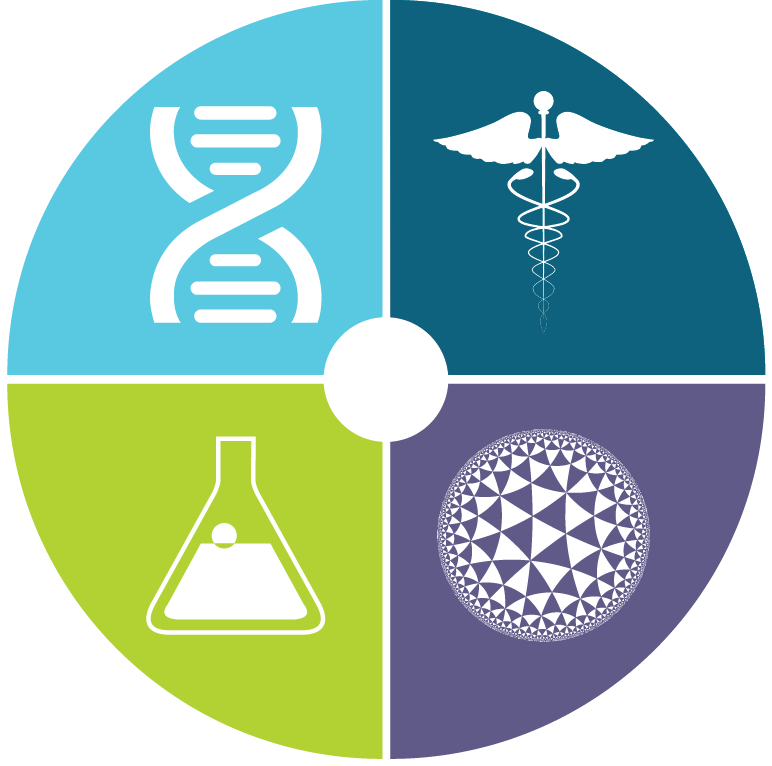Developmental fate of a distinct class of chick myoblasts after transplantation of cloned cells into quail embryos.
| Author | |
| Abstract |
:
A technique appropriate to investigation of the developmental fates of distinct embryonic cell types is described and the fate of a particular type of chick myoblast (CMR-I) examined. CMR-I myoblast clones are morphologically different from other chick myoblast clone types and can readily be identified in living cultures. After two weeks of culture CMR-I myoblast clones were collected, aggregated, and transplanted into the prospective dorsal thigh region of young quail embryos. After four days of growth, cells of the transplant-containing quail legs were grown as clones. Chick clones were located by Feulgen staining and identified as muscle or non-muscle and, if muscle, as CMR-I or not; 91% of the chick clones recovered from transplants were muscle clones, and of these 97% were CMR-I. It was concluded that CMR-I myoblasts do not undergo a change in differentiated state identifiable by clonal analysis. Other transplant-containing quail legs were fixed, sectioned, and Feulgen stained. The locations of chick nuclei were determined. The only region in which chick nuclei appeared at significantly greater frequency than in control tissue was the dorsal thigh muscle, the region into which the cloned chick cells were placed originally. Dorsal thigh multinucleated myotubes exhibited the highest percentage of chick nuclei of all tissues examined. It was concluded that the fate of CMR-I myoblasts is fusion to form myotubes. |
| Year of Publication |
:
1980
|
| Journal |
:
Journal of embryology and experimental morphology
|
| Volume |
:
58
|
| Number of Pages |
:
119-30
|
| Date Published |
:
1980 Aug
|
| ISSN Number |
:
0022-0752
|
| Short Title |
:
J Embryol Exp Morphol
|
| Download citation |


